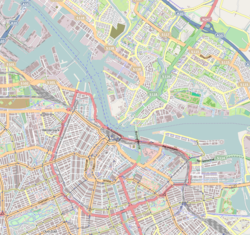
Cinema of the Netherlands refers to the film industry based in the Netherlands. Because the Dutch film industry is relatively small, and there is little or no international market for Dutch films, almost all films rely on state funding. This funding can be achieved through several sources, for instance through the Netherlands Film Fund or the public broadcast networks. In recent years the Dutch Government has established several tax shelters for private investments in Dutch films.

The Netherlands Film Festival is an annual film festival, held in September and October of each year in the city of Utrecht.
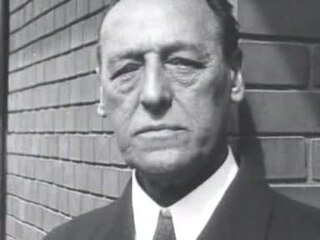
Louis H. Chrispijn, Sr. was a Dutch actor, writer, and director of both theatre and films. Together with M.H. Laddé, Willy Mullens, Maurits Binger, and Theo Frenkel, he was one of the pioneers of early Dutch cinema.
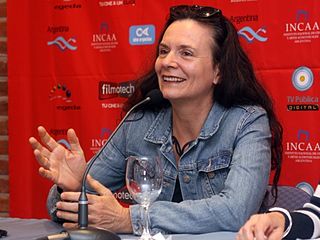
Threes Anna is a novelist, theatre and film maker.
Experimental filmmakers ask whether things could not be done differently. Underground films analyse and critique the mainstream film industry. They step back and reflect. Simultaneously, they take forward leaps to assess new options. Sometimes the makers are self-taught visual artists who make innovative work thanks to their original point of view. Other filmmakers primarily play with the medium film and seek an alternative to the dominant visual culture.
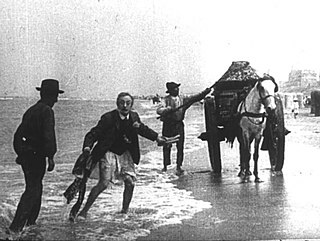
The Misadventure of a French Gentleman Without Pants at the Zandvoort Beach is a 1905 early Dutch silent film directed by Willy Mullens, and produced by Alberts Frères. A six-minute short comedy film, it is one of the oldest surviving Dutch fictional films. When the Netherlands Film Festival presented its canon of Dutch cinema in 2007, it included this film.
Lyrical Nitrate is a 1991 collage film by Peter Delpeut.
The following is a timeline of the history of the municipality of Amsterdam, Netherlands.

Mannus Franken was a Dutch filmmaker who played an important role in the development of Indonesian cinema. He made his debut as a writer before working with Joris Ivens in producing two documentary films. In 1934 he was called to the Dutch East Indies by Albert Balink to help with the production of Pareh (1936). Franken stayed in the Indies until before World War II, making newsreels. After the war he returned to the country and continued this work. In 1949 Franken returned to the Netherlands, where he made another film before his death.

East Is West is a 1922 American silent drama film directed by Sidney Franklin and starring Constance Talmadge. The film is based on a 1918 Broadway stage play of the same name starring Fay Bainter as Ming Toy. It was remade as a talkie at Universal in 1930 with Lupe Vélez.
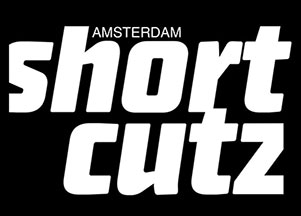
ShortCutz Amsterdam is an annual film festival promoting short films in Amsterdam, Netherlands held the whole year through.

Fragment of an Empire is a 1929 Soviet silent drama film directed by Fridrikh Ermler.
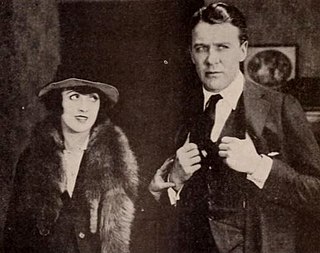
The Floor Below is an American silent film starring Mabel Normand, Tom Moore and Helen Dahl. It was long thought lost, until a print was found "in the estate of a Dutch collector" by the Nederlands Filmmuseum.

Betty of Greystone is a 1916 American silent drama film directed by Allan Dwan and produced by the Fine Arts Film Company. It was distributed by Triangle Film Corporation. The film starred Dorothy Gish and Owen Moore. It was partly filmed at Fort Lee, New Jersey. An incomplete print of the film is housed at the EYE Film Institute Netherlands.
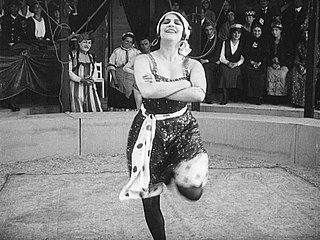
Superstition is a 1919 German silent drama film directed by Georg Jacoby and starring Ellen Richter and Victor Janson.
Jeroen Eisinga is a contemporary video artist from the Netherlands. His work is characterised by its performance like character and its plots where an ordeal is often central. Simplicity is of key importance to Eisinga. His work is shot on film and is shot on 16mm as well as on 35mm format film.

Paul Sablon, later Paul Bourgeois, was a Brussels-born actor, director, cinematographer, writer and animal trainer, who worked in the early film industry, including for Pathé Frères in Europe and Universal in the United States.

